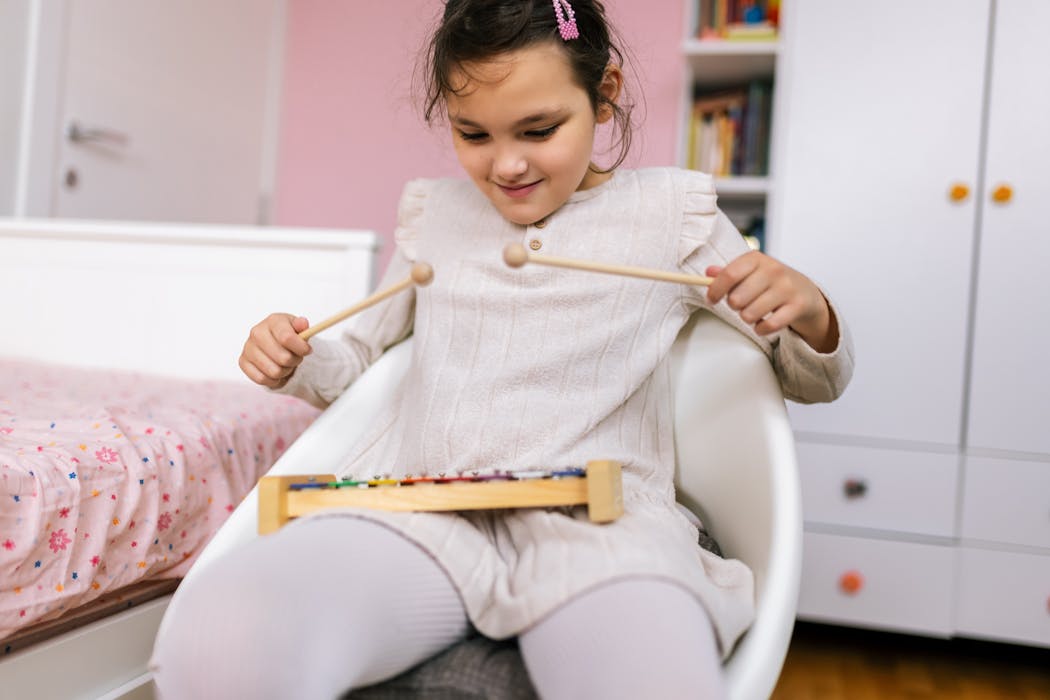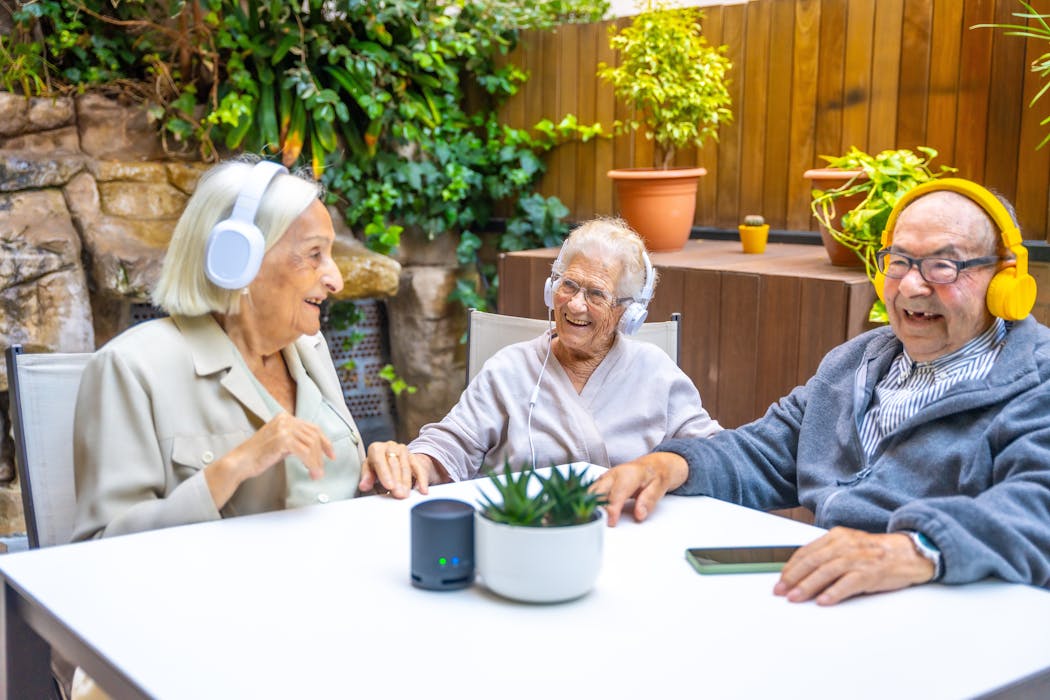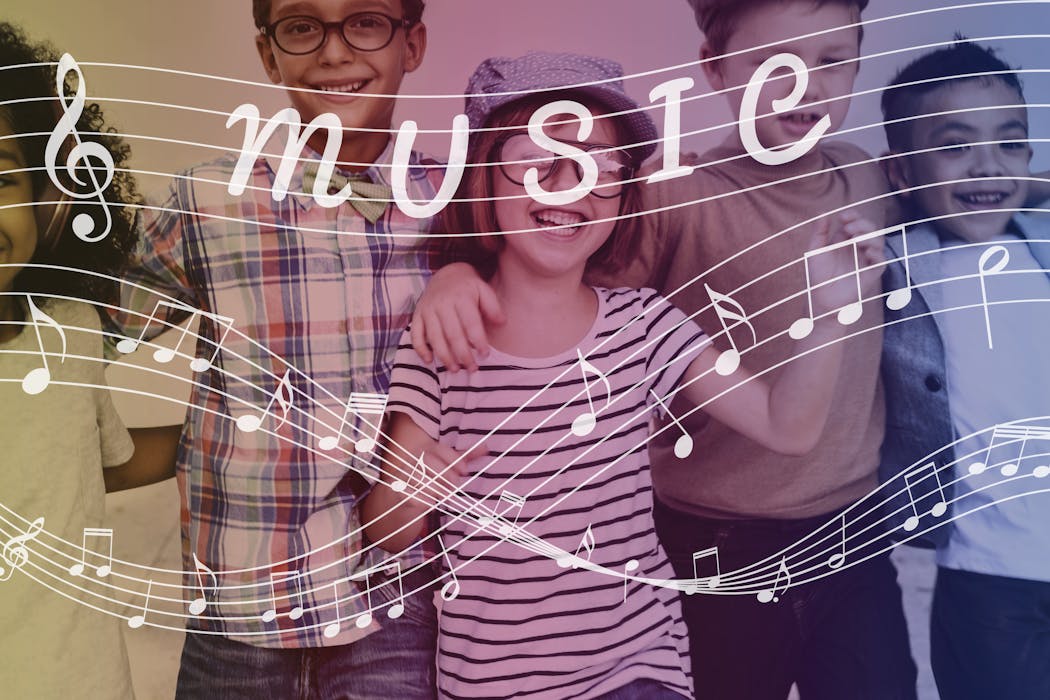Music has always played a significant role in our lives. It has the power to evoke emotions, bring back memories, and create a sense of connection. But did you know that music can also be used as a form of therapy? Music therapy is a growing field that utilizes the power of music to improve physical, emotional, and mental well-being. In this article, we will explore what music therapy is, how it works, and the various ways it can benefit individuals of all ages.
What is Music Therapy and How Does it Work?
Music therapy is a therapeutic approach that uses music to address the physical, emotional, cognitive, and social needs of individuals. It is based on the belief that music has the ability to engage the brain and body in a unique way, promoting healing and overall well-being. Music therapists are trained professionals who use various techniques and interventions to help clients achieve their therapeutic goals.
Music therapy works by tapping into the brain’s natural response to music. When we listen to or engage in music-making activities, our brains release neurotransmitters such as dopamine, serotonin, and oxytocin, which are associated with pleasure, mood regulation, and social bonding. These neurotransmitters can have a profound impact on our emotions and overall well-being.
There are different types of music therapy approaches that can be used depending on the individual’s needs. Some common types include receptive music therapy, where the individual listens to music chosen by the therapist; active music therapy, where the individual actively engages in making music; and improvisational music therapy, where the individual creates their own music with guidance from the therapist.
The Science Behind Music Therapy: How it Affects the Brain and Body
Music has a powerful effect on the brain. When we listen to or engage in music-making activities, different areas of our brain light up and communicate with each other. This can lead to improved cognitive function, enhanced memory, and increased attention span. Music therapy has been shown to be particularly effective in individuals with neurological conditions such as Alzheimer’s disease and Parkinson’s disease.
The release of neurotransmitters in the brain during music therapy sessions can also have a positive impact on our emotions. Music has the ability to evoke strong emotions and can be used as a tool to help individuals process and express their feelings. This can be especially beneficial for individuals with mental health conditions such as anxiety and depression.
In addition to its effects on the brain, music therapy also has physical benefits. Research has shown that listening to music can reduce pain perception, lower blood pressure, and improve respiratory function. It can also help with motor skills development and rehabilitation in individuals with physical disabilities.
Understanding Rhythm: How Music Can Help You Connect with Yourself
Rhythm is an essential element of music that can have a profound impact on our well-being. Our bodies naturally respond to rhythm, and it can help us connect with ourselves on a deeper level. When we engage in rhythmic activities such as drumming or dancing, our bodies synchronize with the beat, creating a sense of unity and harmony.
Music therapy utilizes rhythm as a tool for self-expression and self-discovery. By engaging in rhythmic activities, individuals can tap into their inner emotions and gain a better understanding of themselves. This can be particularly beneficial for individuals who struggle with self-expression or have difficulty connecting with their emotions.
There are various rhythmic activities that can be incorporated into music therapy sessions. Drumming, for example, is a popular activity that allows individuals to express themselves through rhythm. Dancing is another rhythmic activity that can help individuals connect with their bodies and release tension. These activities can be done individually or in a group setting, depending on the individual’s preferences and therapeutic goals.
The Role of Music in Social Connection: How Music Therapy Can Improve Relationships
Music has the power to bring people together and foster social connection. It can create a sense of unity and belonging, and can be used as a tool to improve relationships. Music therapy utilizes the social aspects of music to promote social interaction and improve communication skills.
Group music therapy is particularly effective in improving social connection. In a group setting, individuals have the opportunity to interact with others through music-making activities. This can help individuals develop social skills such as turn-taking, active listening, and cooperation. Group music therapy can also create a sense of community and support, as individuals come together to create music and share their experiences.
There are various group music therapy activities that can be used to improve social connection. Singing in a choir, for example, allows individuals to come together and create harmonious sounds. Playing in a band or ensemble can also promote teamwork and collaboration. These activities provide opportunities for individuals to connect with others on a deeper level and develop meaningful relationships.
Music Therapy for Mental Health: How it Can Help with Anxiety and Depression
Music therapy has been shown to be effective in improving mental health conditions such as anxiety and depression. Music has the ability to evoke emotions and can be used as a tool to help individuals process and express their feelings. It can also provide a sense of comfort and relaxation, reducing feelings of anxiety and stress.
One of the benefits of music therapy for anxiety and depression is its ability to regulate mood. Listening to or engaging in music-making activities can help individuals shift their mood from negative to positive. This can be particularly beneficial for individuals who struggle with regulating their emotions or have difficulty expressing themselves verbally.
There are various music therapy techniques that can be used to address anxiety and depression. Guided imagery, for example, involves listening to music while visualizing calming or positive images. This technique can help individuals relax and reduce feelings of anxiety. Songwriting is another technique that allows individuals to express their emotions through lyrics and melody, providing a sense of catharsis and empowerment.
Music Therapy for Physical Health: How it Can Improve Pain Management and Rehabilitation
Music therapy has been shown to be effective in improving physical health conditions such as pain management and rehabilitation. Listening to music can reduce pain perception and improve mood, providing a natural form of pain relief. Engaging in music-making activities can also help with motor skills development and rehabilitation in individuals with physical disabilities.
One of the benefits of music therapy for pain management is its ability to distract individuals from their pain. When we listen to music, our attention is diverted away from the pain, allowing us to experience relief. Music can also trigger the release of endorphins, which are natural painkillers produced by the body.
In terms of rehabilitation, music therapy can help individuals regain motor skills and improve coordination. Engaging in activities such as playing an instrument or dancing can stimulate the brain and body, promoting physical recovery. Music therapy can also provide a sense of motivation and enjoyment, making the rehabilitation process more engaging and rewarding.
The Benefits of Group Music Therapy: How it Can Foster a Sense of Community
Group music therapy has numerous benefits, one of which is its ability to foster a sense of community. In a group setting, individuals have the opportunity to connect with others who share similar experiences or interests. This can create a sense of belonging and support, which is essential for overall well-being.
Group music therapy provides a safe and supportive environment where individuals can express themselves freely and be heard. It allows individuals to share their stories, emotions, and experiences through music, creating a sense of empathy and understanding. This can be particularly beneficial for individuals who feel isolated or have difficulty connecting with others.
There are various group music therapy activities that can be used to foster a sense of community. Songwriting circles, for example, allow individuals to come together and create songs based on their shared experiences. Drum circles provide an opportunity for individuals to connect through rhythm and create a sense of unity. These activities promote collaboration, communication, and mutual support, creating a strong sense of community.
Music Therapy for Children: How it Can Help with Developmental Disorders
Music therapy has been shown to be particularly effective in helping children with developmental disorders such as autism spectrum disorder (ASD) and attention deficit hyperactivity disorder (ADHD). Music has the ability to engage the brain and body in a unique way, promoting social interaction, communication, and cognitive development.
One of the benefits of music therapy for children with developmental disorders is its ability to improve social skills. Music can create a structured and predictable environment, which can help children with ASD feel more comfortable and engaged. Engaging in music-making activities can also provide opportunities for social interaction and turn-taking, promoting social skills development.
Music therapy can also help children with developmental disorders improve their communication skills. Music has a natural rhythm and melody that can help children with speech and language difficulties develop their communication abilities. Singing songs, playing instruments, and engaging in rhythmic activities can provide a fun and engaging way for children to practice their communication skills.
The Role of the Music Therapist: What to Expect from a Session
A music therapist is a trained professional who uses music as a therapeutic tool to address the physical, emotional, cognitive, and social needs of individuals. They have a deep understanding of music theory, psychology, and human development, and are skilled in using various music therapy techniques and interventions.
During a music therapy session, the music therapist will assess the individual’s needs and goals and develop a treatment plan tailored to their specific needs. They will use various techniques such as listening to music, playing instruments, singing songs, or engaging in improvisation to help the individual achieve their therapeutic goals.
The role of the music therapist is to create a safe and supportive environment where the individual can explore their emotions, express themselves, and develop new skills. They will guide the individual through the music therapy process, providing support and encouragement along the way. The music therapist will also evaluate the individual’s progress and make adjustments to the treatment plan as needed.
Incorporating Music Therapy into Your Daily Life: Tips and Strategies
Music therapy doesn’t have to be limited to formal sessions with a music therapist. There are many ways you can incorporate music therapy into your daily life to promote well-being and enhance your overall quality of life.
One tip for incorporating music therapy into your daily life is to create a playlist of songs that evoke positive emotions or memories. Listening to this playlist throughout the day can help improve your mood and provide a sense of comfort and relaxation. You can also use music as a tool for stress relief by engaging in activities such as singing, dancing, or playing an instrument.
Another strategy for using music therapy at home is to engage in rhythmic activities. Drumming, for example, can help release tension and promote relaxation. Dancing is another rhythmic activity that can help you connect with your body and release stress. These activities can be done individually or with others, depending on your preferences.
Finding Your Rhythm: How Music Therapy Can Help You Live a More Fulfilled Life
Finding your rhythm is about connecting with yourself on a deeper level and living in alignment with your true self. Music therapy can help you find your rhythm by providing a safe and supportive environment where you can explore your emotions, express yourself, and develop new skills.
One of the benefits of finding your rhythm through music therapy is increased self-awareness. Engaging in music-making activities can help you tap into your inner emotions and gain a better understanding of yourself. This self-awareness can lead to increased self-confidence, improved decision-making skills, and a greater sense of purpose.
Another benefit of finding your rhythm through music therapy is improved well-being. When you are in tune with yourself and living in alignment with your true self, you are more likely to experience a sense of fulfillment and happiness. Music therapy can help you discover your passions, express your creativity, and develop a deeper connection with yourself and others.
Music therapy is a powerful tool that can improve physical, emotional, and mental well-being. It utilizes the power of music to engage the brain and body in a unique way, promoting healing and overall well-being. Whether you are looking to improve your mental health, manage physical pain, or foster social connection, music therapy can provide a safe and supportive environment for growth and healing. So why not give it a try? Incorporate music therapy into your daily life and see how it can help you live a more fulfilled life.
Find out how Torongo Therapyplus can help you with your needs. Get in touch with us at smile@torongo.life, or call us on 02 8809 9965.































